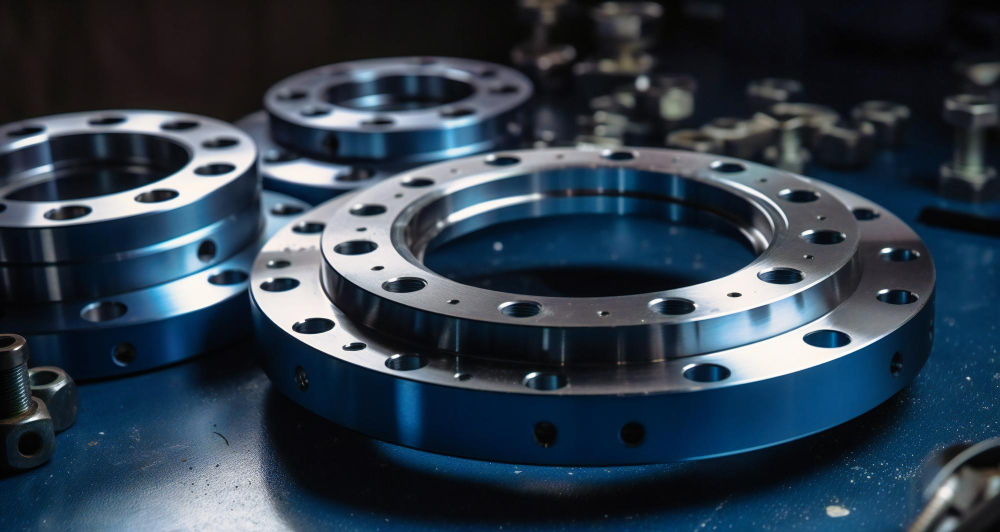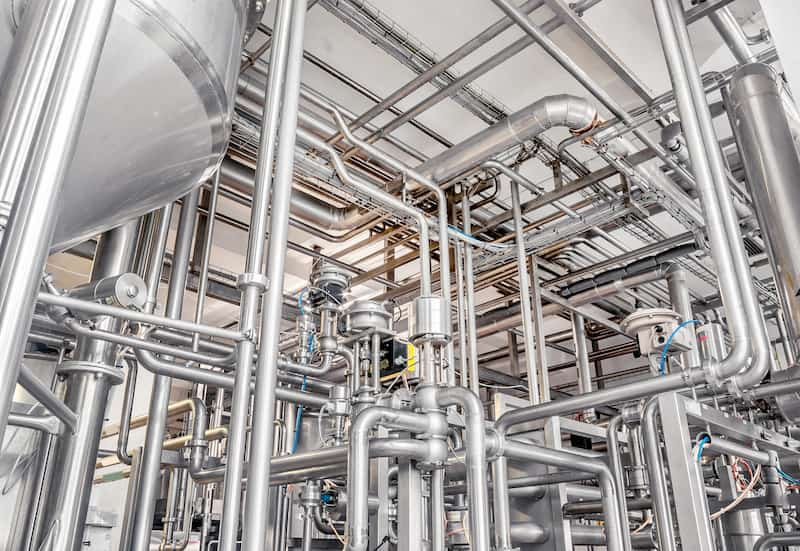
Choosing The Right Steel: A Comparison Of Carbon Steel And Stainless Steel
Steel is a fundamental material in various industries, offering durability, strength, and versatility. Two popular types of steel are carbon steel and stainless steel. While both are widely used, they have distinct characteristics that make them suitable for different applications. In this blog post, we'll delve into the difference between carbon steel and stainless steel, explore their benefits, and discuss their applications to help you decide on the right steel for your needs.
Difference between Carbon Steel and Stainless Steel
Carbon steel and stainless steel differ primarily in their composition and properties. Carbon steel is primarily composed of iron and carbon, while stainless steel contains iron, carbon, and a minimum of 10.5% chromium, which gives it its corrosion-resistant properties. The chromium content in stainless steel forms a passive oxide layer on the surface, protecting it from rust and corrosion, whereas carbon steel is more susceptible to corrosion.
Benefits of Carbon Steel
- Strength and Durability: Carbon steel is known for its high strength and durability, making it suitable for heavy-duty applications.
- Cost-Effectiveness: Carbon steel is generally more affordable than stainless steel, making it a cost-effective option for various projects.
- Versatility: Carbon steel can be easily moulded and shaped, allowing for a wide range of applications in construction, manufacturing, and engineering.
Uses/Applications of Carbon Steel
- Structural Components: Carbon steel is commonly used in the construction of buildings, bridges, and infrastructure due to its strength and durability.
- Machinery and Equipment: Carbon steel is used to manufacture machinery, tools, and equipment in industries such as automotive, aerospace, and agriculture.
- Pipelines and Piping Systems: Carbon steel pipes are widely used for conveying fluids and gases in industries such as oil and gas, water treatment, and chemical processing.
Benefits of Stainless Steel
- Corrosion Resistance: Stainless steel exhibits excellent corrosion resistance, making it ideal for applications where exposure to moisture, chemicals, or harsh environments is a concern.
- Aesthetic Appeal: Stainless steel has a sleek and modern appearance, making it a popular choice for architectural, interior design, and decorative applications.
- Hygiene and Cleanliness: Stainless steel is non-porous and easy to clean, making it suitable for use in food processing, medical, and pharmaceutical industries where hygiene is crucial.
Uses/Applications of Stainless Steel
- Kitchenware and Appliances: Stainless steel is widely used in the manufacturing of kitchenware, appliances, and cookware due to its hygiene, durability, and aesthetic appeal.
- Medical Instruments and Equipment: Stainless steel is used in the production of surgical instruments, medical devices, and equipment due to its biocompatibility and corrosion resistance.
- Architectural and Decorative Applications: Stainless steel is used in architectural elements, façades, handrails, and sculptures for its aesthetic appeal and durability.
Conclusion
In summary, carbon and stainless steel have unique properties and benefits that make them suitable for various applications. Carbon steel offers high strength, durability, and cost-effectiveness, making it ideal for structural components, machinery, and pipelines. On the other hand, stainless steel provides excellent corrosion resistance, hygiene, and aesthetic appeal, making it preferred for kitchenware, medical instruments, and architectural applications. When choosing between carbon steel and stainless steel, consider the specific requirements of your project to select the steel that best meets your needs.
Related Articles
Brass Vs. Aluminium Camlocks: Choosing The Right Material For Your Application
Read MoreExploring the expansion of steel production in GCC and other emerging nations
Read MoreHow Structural Steel Helped The Majestic Architectures Around The World - Part 3
Read MoreHow Structural Steel Helped The Majestic Architectures Around The World - Part 2
Read MoreHow Structural Steel Helped The Majestic Architectures Around The World - Part 1
Read MoreAllowable & Galvanized Iron Pipe Fittings – Trusted Name For All The Pipe Fitting Needs
Read More


































































































































































